Strategies for effectively communicating a pricing plan

When unveiling a pricing plan, it is important to balance clarity and the value proposition to help your business. Whether you're a startup introducing a new product or an established business rolling out an updated service offering, how you present this information can significantly influence any business. This blog provides essential steps and strategies for effectively communicating your pricing plan, ensuring it is effective, and showing the value that sets your offering apart in the competitive market.
What exactly is a pricing plan?
A pricing plan is a document that outlines the prices of a product or service offered by an organization after considering various factors such as production costs, market demand, and competitive pricing setup.
A pricing plan contains charges, rates, and fees charged by companies. On the other hand, a pricing strategy is a method or a model used to set the best prices for business products and services. Different pricing plans and strategies are influenced by external factors such as competitor pricing, consumer demand/preferences, and market conditions.
Importance of a pricing strategy
Pricing strategies ideally maximize a company's benefits and profits. Business factors such as target audience, brand positioning, revenue goals, marketing objectives, product attributes, etc., are important to creating a competitive advantage.
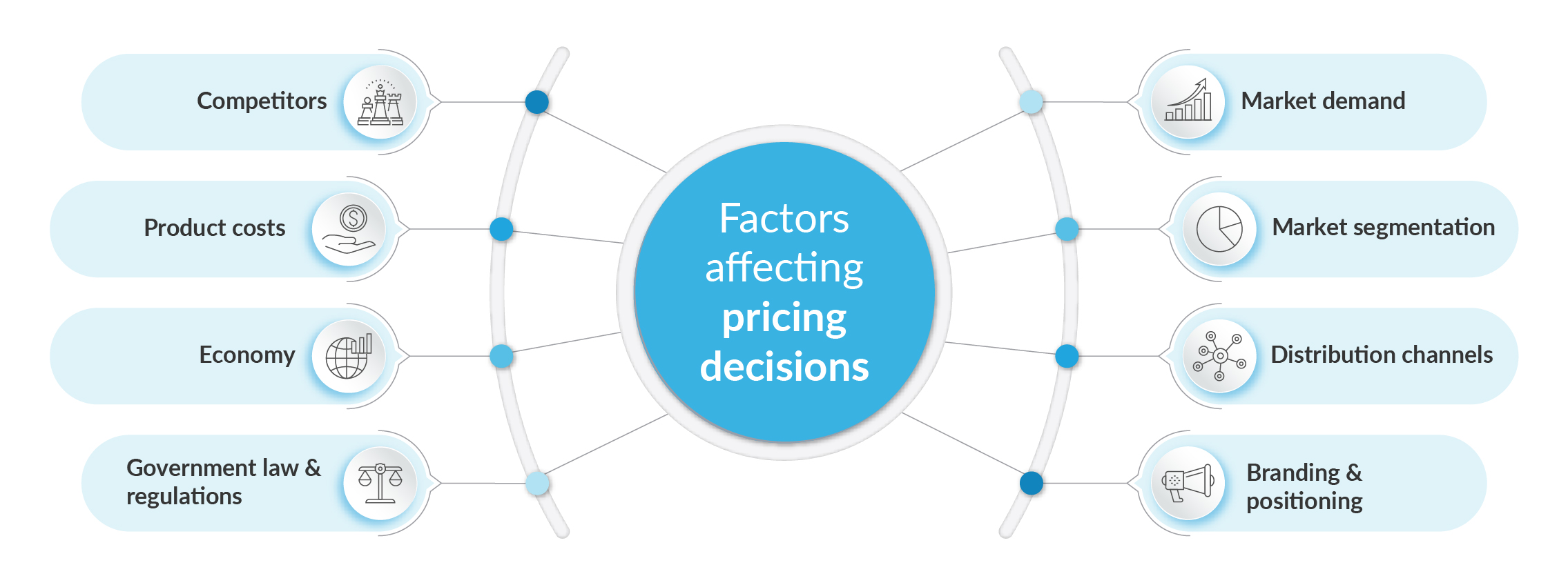
What are the crucial components of pricing plan strategy?
Pricing plans can be complex and challenging to design, but businesses can generate enough fuel to power ahead with the right pricing information. Some of the most crucial components of pricing plan strategy are the 5C’s of pricing:
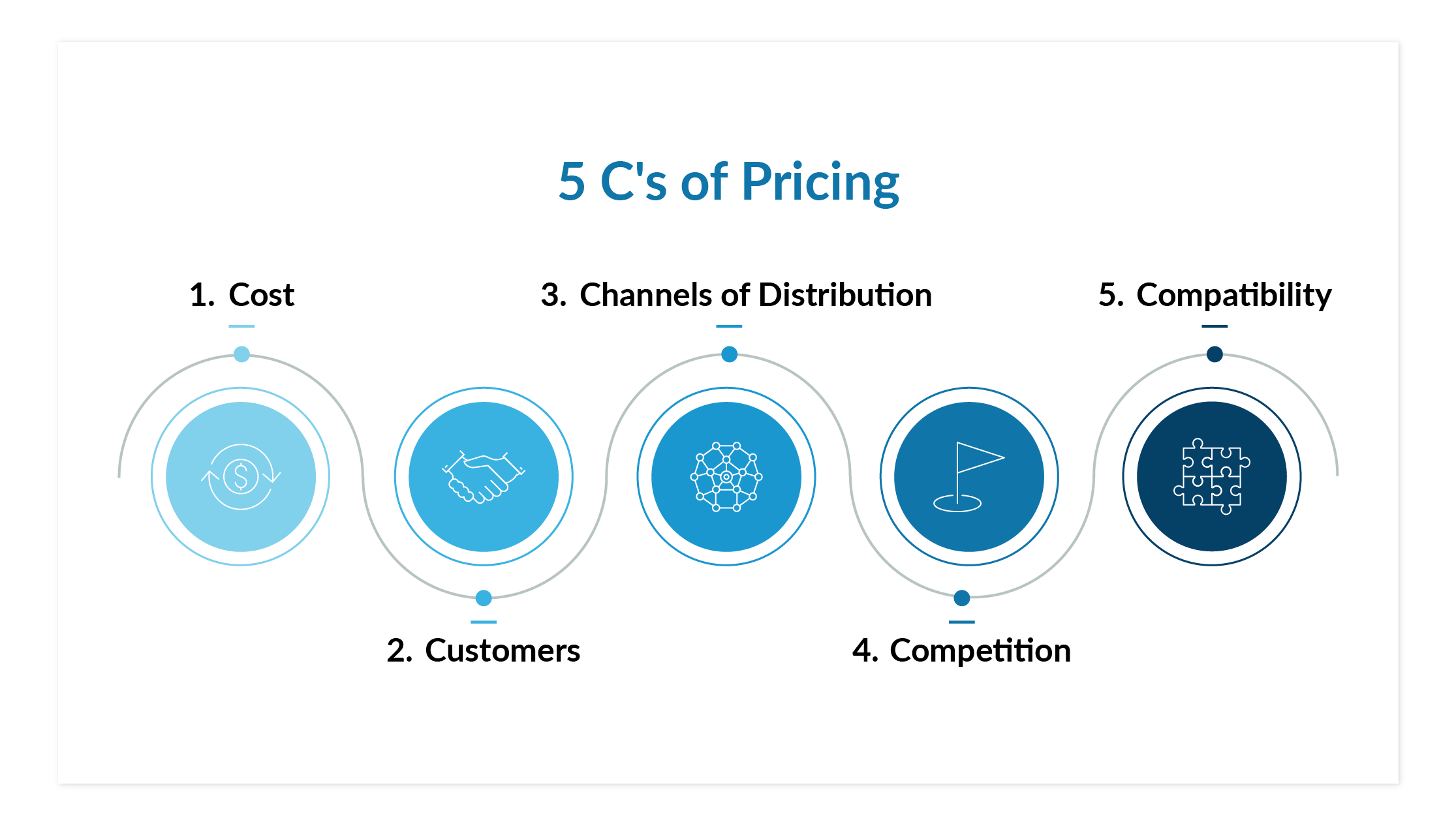
- Cost: Knowing direct and indirect costs can help build an effective price structure. Management, leaders, and managers must know the cost structure for each product or service offered. Instead of basing the decisions on the average cost of goods, investing in methods that increase the gross profit margins is better.
- Customers: They form the basis of all pricing decisions. It is essential to understand the customers' acceptable range of pricing or whether the price delivers superior value to them or not. Two things to consider are: some text
- Does the customer think that the product or service is worth the price?
- Would the customer buy it at any other price?
- Competition: Every business faces stiff competition. The value proposition of products or services becomes foundational for companies to thrive in a business setup. Comprehending how customers evaluate the offerings becomes far more critical than not making hasty pricing decisions.
- Compatibility: The pricing plan is a holistic decision, and all objectives must be defined clearly. Pricing must be compatible with marketing objectives, sales goals, growth initiatives, etc. For example, your final product price must include the cost of logistics, and an unexpected spike in fuel shouldn't eat into the profits.
- Channels of distribution: Many companies use these to expand their offerings to a larger audience. The decision to sell using intermediaries or third-party vendors may affect the current pricing of products or services. Yet, the final pricing needs to account for all these factors and offer the best plans to the customers.
What are the best practices for presenting a pricing plan effectively?
There are some important points to consider when creating a good pricing strategy and structure to effectively communicate your work to your audiences. The following elements can help create a compelling pricing plan presentation:
- Engaging introduction: A good start to a presentation can help you connect with the audience, and it would make a good impression. Start with a brief overview of the company's mission and the presentation's objective. Add an attention-grabbing hook, such as a relevant quote or statistic, to engage the audience from the start.
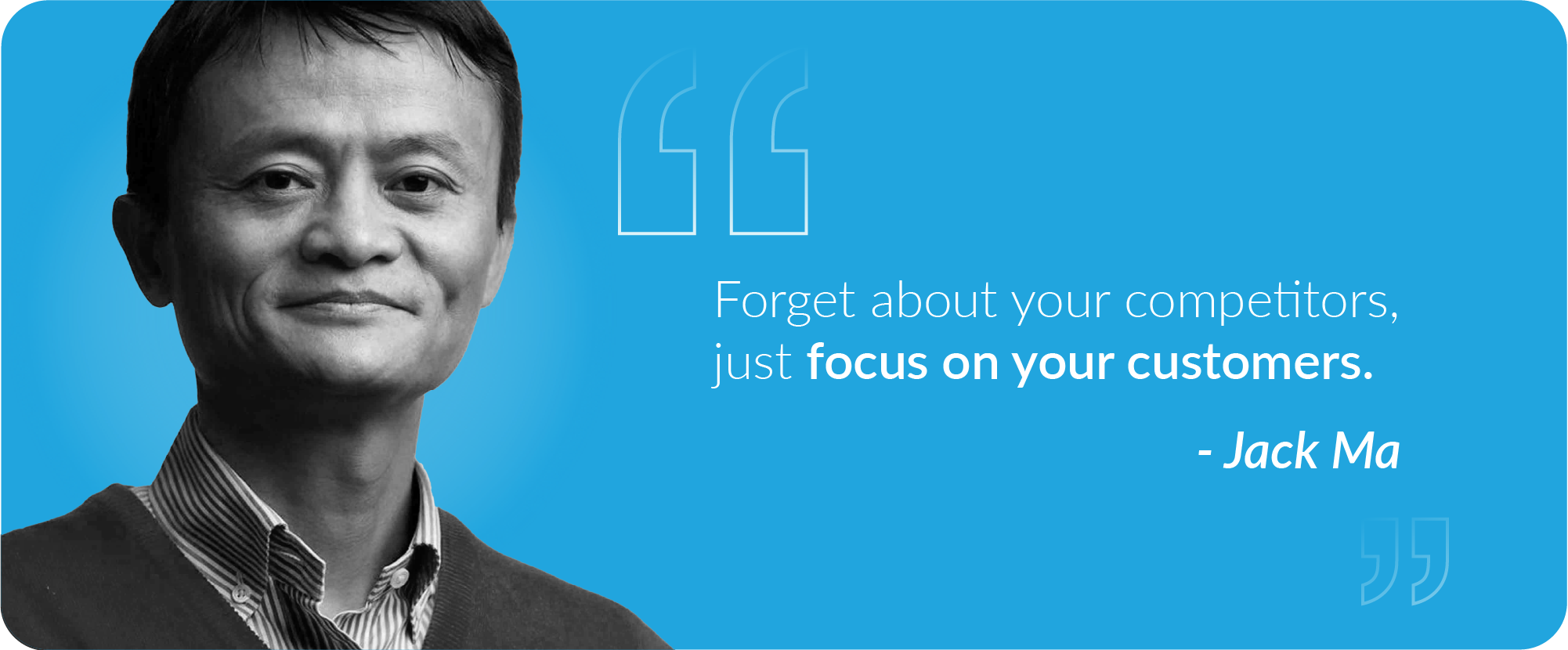
- Market analysis: Conduct an in-depth analysis of current market trends and your company's position within the market landscape. Discuss any notable shifts in the economic environment and showcase how these factors may impact your pricing strategy.
- Transparent pricing strategy: Present the pricing structure using a pricing plan table. Engage your audience by discussing various cost-influencing factors, competitor pricing, and the formulation of pricing tiers. This approach will help them understand the rationale behind your pricing strategy.
Here is a pricing table that you can use as a reference for your pricing plan.
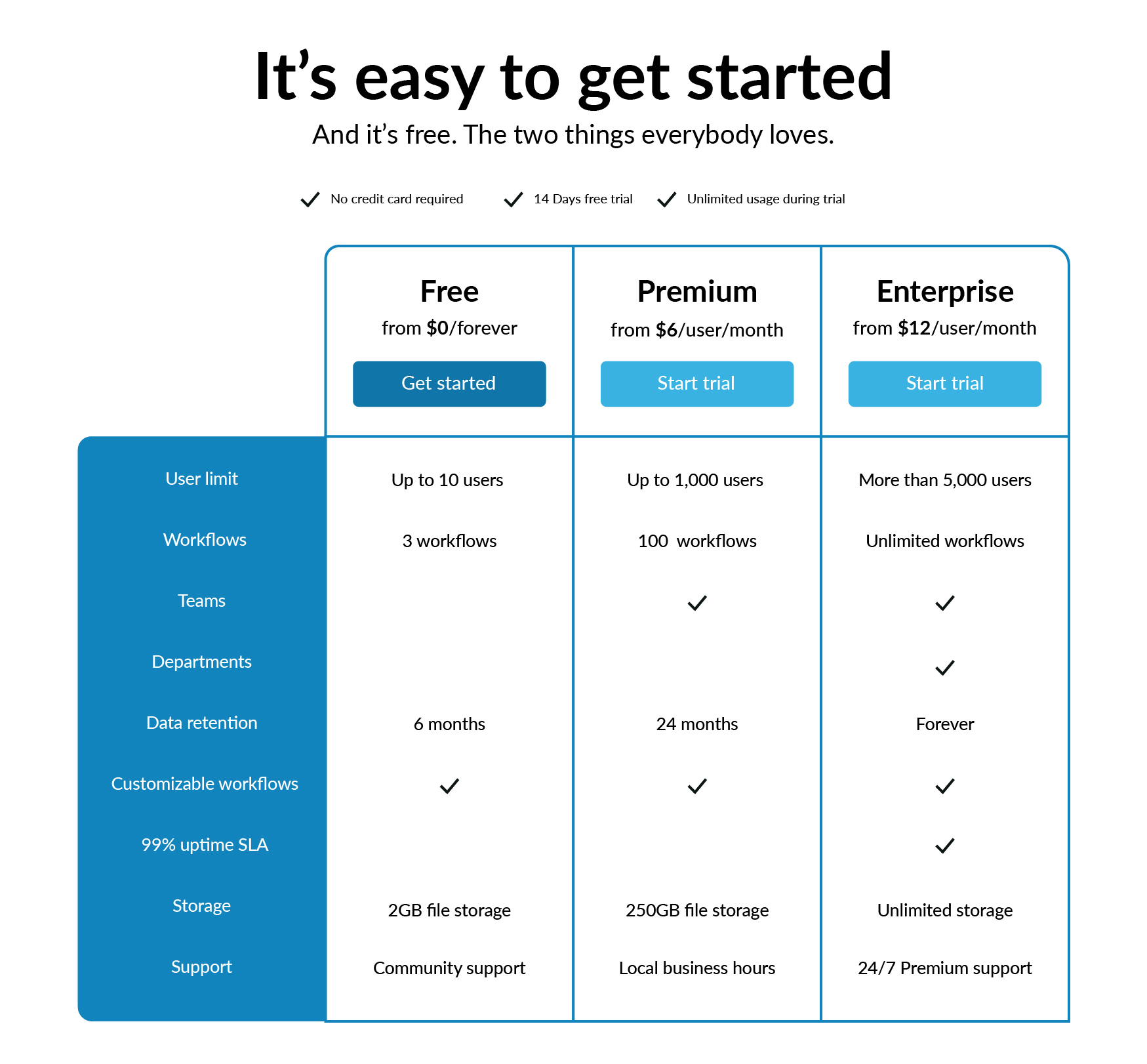
- Highlight value: Emphasize the benefits of choosing your service or product. Showcase the unique value and advantages that your offering provides, highlighting why it stands out in the market.
- Compelling testimonials: Share impactful success stories or customer testimonials that demonstrate the effectiveness of your offerings and pricing strategy. Real-life examples can enhance your offering’s credibility and garner support for your pricing plan.
- Interactive conclusion: Conclude your presentation by encouraging discussions and questions. Summarize the key points discussed to ensure that your audience departs with a clear understanding of your pricing strategy and its underlying rationale.
Sample best pricing plan templates
Customizable templates are a game-changer when crafting presentations, especially for those who may need a stronger background in design or are pressed for time. Designing a particular plan from scratch can be difficult. The ready-to-use templates serve as a foundational structure to tailor your content consistent with the overall design of your presentation. Instead of starting with a blank canvas, which can be daunting and time-consuming, you can select a template that closely matches the theme or vibe of your presentation. Below is an example of a pricing plan template.
This template gives you:
- A structure and design cues that make it easier to present your pricing plan effectively
- A pre-designed set of slides for introducing your products or services
- Customization options to easily modify colors, fonts, and layouts and add your content, such as text, images, charts, etc.
- Detailed pricing models that you can use as a reference
- Additional comparisons of packages, highlighting benefits, addressing frequently asked questions, and more.
Using such a template, you can ensure your presentation is visually appealing and effectively communicates the value of your offerings to your audience.
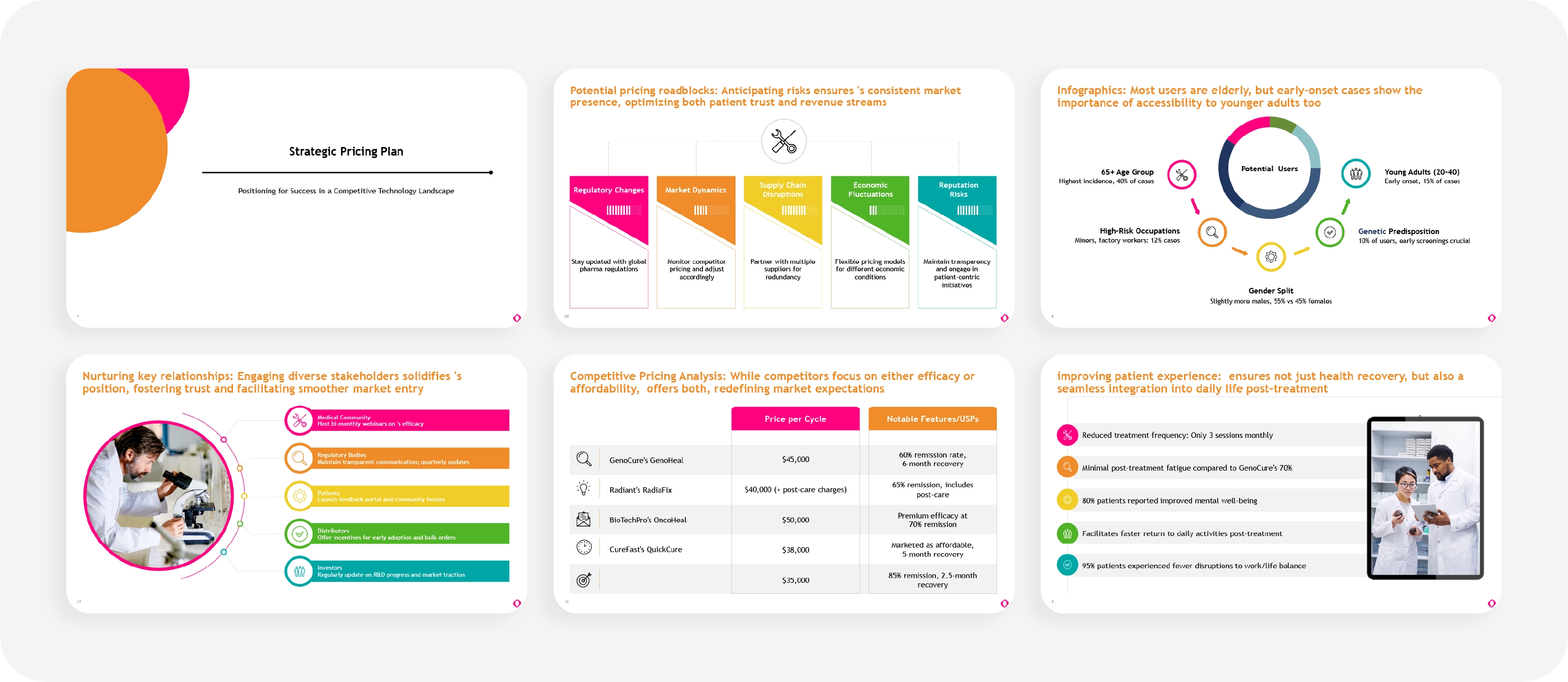
FAQs for creating a Pricing Plan Strategy
1. What factors should you consider when developing a pricing plan strategy?
When developing your pricing plan strategy, consider your cost of production, the price sensitivity of your target market, common pricing, competitor pricing, and your overall business objectives. Understanding the value your product or service provides customers is crucial in setting a price that reflects its worth.
2. How to choose a suitable pricing model for your business?
Selecting the right type of pricing model depends on the nature of your product or service, market demand, and how your competitors are pricing similar offerings. The most common models include cost-plus pricing, value-based pricing, and subscription models. After experimenting with different models to see what works best for your target audience, compare various plans and select the best one.
3. Can dynamic pricing benefit the pricing strategy?
Definitely! Dynamic pricing can be beneficial as it allows you to adjust prices based on market demand, competitor prices, and other factors. This strategy can help maximize profits and ensure your pricing remains competitive. However, it's important to implement it carefully to avoid alienating customers.
4. Should you offer discounts and promotions as part of your pricing strategy?
Discounts and promotions can effectively attract new customers and encourage repeat business. However, they should be used in such a way that it avoids undermining the perceived value of your offering. Ensure discounts or promotions are seasonal, have strict timelines, and are tied to specific goals, such as clearing inventory or rewarding customer loyalty.
5. How often should you review and adjust your pricing strategy?
Regularly reviewing and adjusting your pricing strategy is vital to staying competitive and adapting to market changes. Consider conducting a pricing review at least once a year or when there are significant changes in the market, costs, or competitors' strategies. Keep an eye on customer feedback and sales data to inform your pricing decisions.
How can Prezent help you with an effective Pricing Plan presentation?
- Auto-Generator: Build the first draft of your presentation with a single prompt. Share your business context in a few lines, and our AI-driven platform helps with the first draft of your deck in seconds. Our platform can recognize your instructions and tailor the visuals to your desired audience, apply your company's brand guidelines, and add content based on communication best practices.
- Best Practice Library: Instantly access over 10,000+ expert-curated slides and presentations. These resources cover various roles and functions, providing an invaluable running start for your projects. Whether tackling a complex business challenge or looking to streamline your pricing plan presentation, these ready-to-use slides save you time and money.
- Slide Library: Access 35,000+ slides in your company's brand-approved designs and share your ideas. Whether you are looking for slides with impactful messages, successful pricing plans incorporating pricing strategy icons or images, or slides featuring particular layouts such as funnels, bars, histograms, etc, advanced filters make it simple to find any slide. Spend less time searching and more time perfecting your pricing plan presentation.
Learn more about Prezent by scheduling a demo with our experts, who can guide you through the platform's many capabilities. Alternatively, you can explore the platform yourself with a free trial!



.avif)








